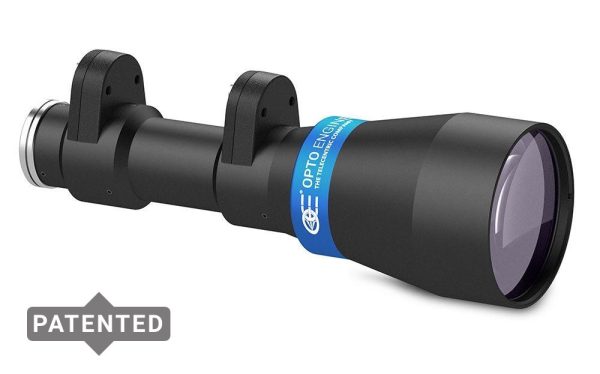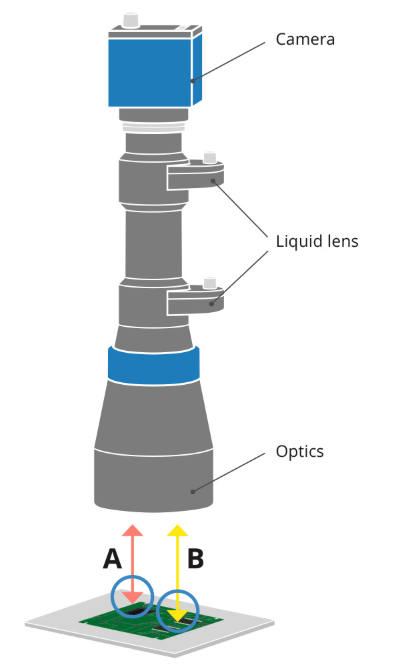
Opto Engineering TZCEL telecentric focus tunable zoom lenses combine the precision of telecentric optics with the flexibility of zoom lenses and the speed of Optotune liquid lenses. These lenses provide superb color correction in white light within the nominal magnification and working distance ranges, with improved performance in monochrome, particularly in the extended range. Their innovative design provides the ability to adjust both the magnification and the working distance. TCZEL lenses excel in machine vision application tasks such as inspection, and precision measurement of parts.
Opto Engineering telecentric lenses include a wide variety of lenses for area and line scan cameras. Contact us if you would like help choosing the right lens for your industrial machine vision applications.
